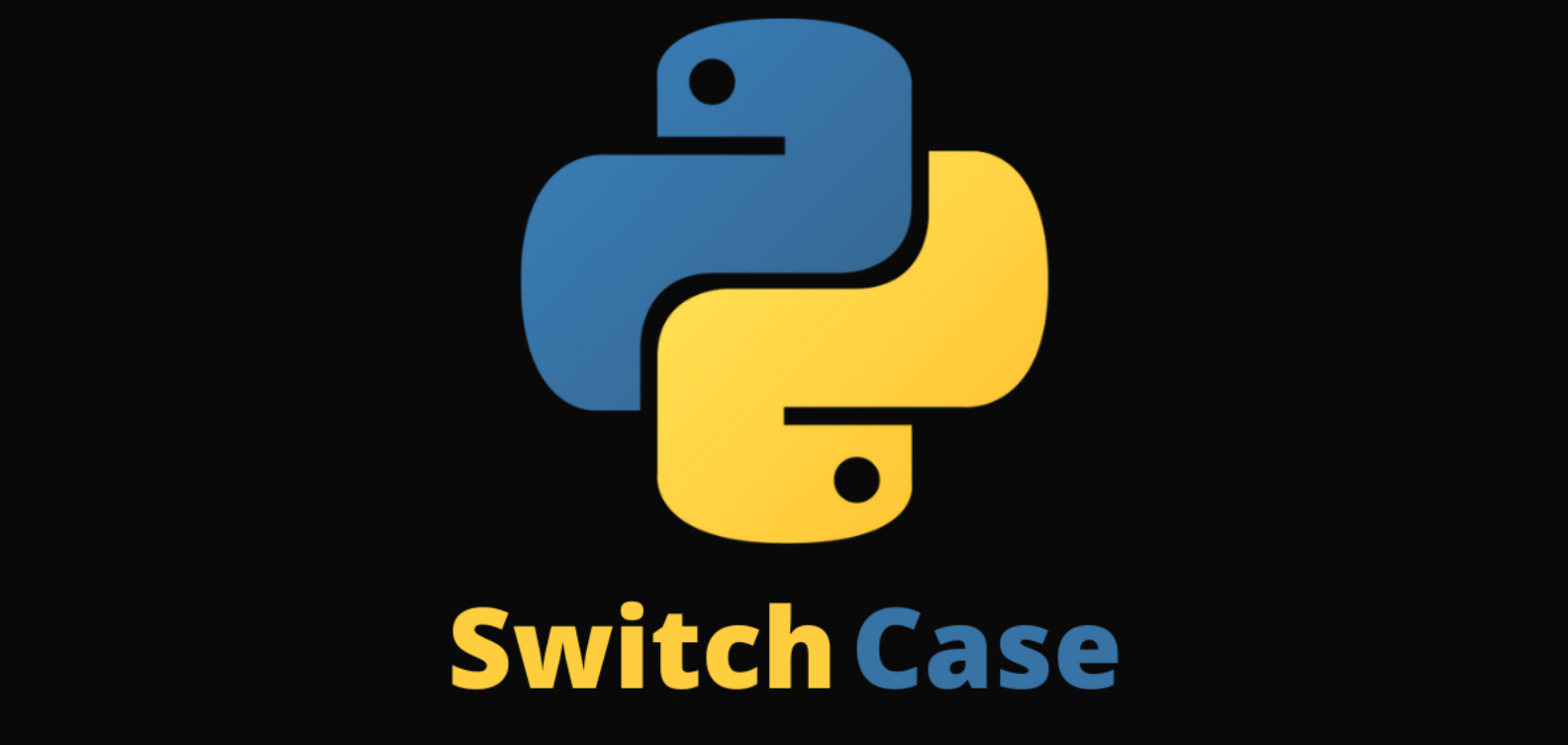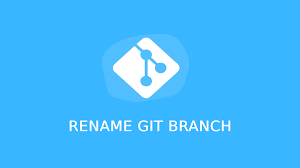Unlocking the Power of Python Switch Statements
let’s see Python switch statement
To all our geeky nerds, you already know that until Python 3.0 there was no switch case statement in Python. To our lovely people who are new to technology, let us first introduce you introduced what is python and then deep dive into the topic of discussion which is the Python switch statement
What is Python?
Python is a popular programming language that is used in software development, web, and data science. With the help of this programming language developers make stellar websites and build awesome applications that would automate your tasks and make your life easier. Some of the other programming languages that developers use to build websites and applications are Java, HTML, and CSS
Once you have an idea of what we are talking about, it is time we enlighten you about the Python switch statement that is introduced in Python 3.0 and how it is making headlines in the tech industry
The truth about Python switch case statement
We have researched a plethora of articles and have found that the Python switch statement is a cleaner form of the IF ELSE statement. According to Shaw code, the Python switch statement is known as dictionary mapping.
Have a look at this code
# Function to convert number into string
# Switcher is dictionary data type here
def numbers_to_strings(argument):
switcher = {
0: “zero”,
1: “one”,
2: “two”,
}
# get() method of dictionary data type returns
# value of passed argument if it is present
# in the dictionary otherwise second argument will
# be assigned as a default value of the passed argument
return switcher.get(argument, “nothing”)
# Driver program
if __name__ == “__main__”:
argument=0
print (numbers_to_strings(argument))
This means first the Python switch case statement creates a dictionary where all the functions and values are stored and then it finds the value of the expression. In this case, the main function of the code is to find the default value of the argument which is zero
Okay, let’s make this easier for instance you have generated a Python switch statement to check for prime numbers and then you have inserted 20, the code checks that is not a prime number, and then you have entered 29, and the code checks that is a prime number since it cannot be divided,
Take a look at this Python code
# Program to check if a number is prime or not
num = 29
# To take input from the user
#num = int(input(“Enter a number: “))
# define a flag variable
flag = False
if num == 0 or num == 1:
print(num, “is not a prime number”)
elif num > 1:
# check for factors
for i in range(2, num):
if (num % i) == 0:
# if factor is found, set flag to True
flag = True
# break out of loop
break
# check if flag is True
if flag:
print(num, “is not a prime number”)
else:
print(num, “is a prime number”)
Now that have understood the significance of Python switch statements, it is time we show you how you can use switch statements using match and case keywords
Take a look at this code
lang = input(“What’s the programming language you want to learn? “)
match lang:
case “JavaScript”:
print(“You can become a web developer.”)
case “Python”:
print(“You can become a Data Scientist”)
case “PHP”:
print(“You can become a backend developer”)
case “Solidity”:
print(“You can become a Blockchain developer”)
case “Java”:
print(“You can become a mobile app developer”)
case _:
print(“The language doesn’t matter, what matters is solving problems.”)
Things to note in this code
The underscore symbol in the Python switch statement is known to denote the default case. You might have noticed that this code doesn’t use the break keyword in each case since break keyword functionality is done behind the scenes in a Python switch statement.
Takeaway
We have shown you the quick and easy way developers are using Python switch statements to streamline their process. Following this simple trick, you will find it super easy to program your application and websites. If you liked what you witnessed, show us some love by staying connected with our daily newsletter and sharing this article with people who are in need.




Post Comment